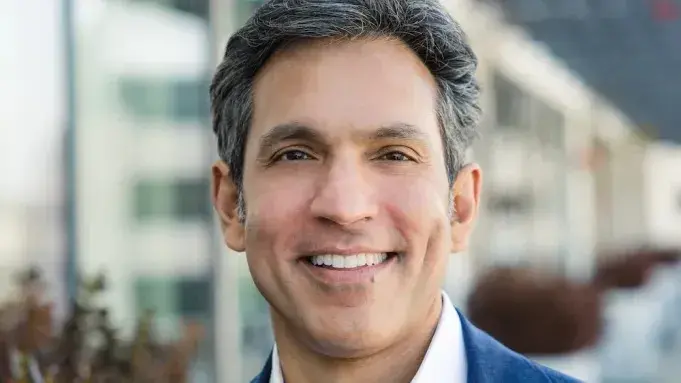The “Sages on Stage” who transformed themselves into the “Guides on the Side” influences me the most says Dr. Shrihari Prakash Honwad, President, Sir Padampat Singhania University in an interview with ArdorComm News Network (ANN). How can Higher Education institutes leverage digital technologies to improve the employability of students? Employability is a net outcome of knowledge and skillsets. However, attitude, aptitude, and enterprise play a crucial role. Digital Technologies is a very generic term of a sea of technologies. Higher Education Institutions (HEI) have an important task of ensuring the employability of their graduates and making them global citizens. In both these tasks, I would say the digital world has been more than useful. In the future, it will play an important role. Students today can learn in diverse groups (albeit from home) and ensure a better learning environment. Today all transferable life skills and a few technical abilities are available online (synchronous and asynchronous), and with AI assistance, they can be personalised. How will companies of the future integrate technology into their operational systems to cater to a techno-centric workforce? The future is forcing all of us to be digital. Compared to academics, the industry has been welcoming to digital technology. Even in yesteryears, no-contact or remote working technologies such as SCADA and IOT have been adopted readily by the industry. The techno-centric workforce has tasted work from home, and the GIG-projectized groups find it a convenient model. All industries, with the exclusion of manufacturing, would prefer their workforce to be technologically connected. It saves real estate costs for the company. Very soon, going to an office will be unconnected phrases. Homes, on the other hand, may become more technologically integrated to accommodate the futuristic world. How can industry and academia collaborate to fulfil the goals set out by the NEP? Kindly share your valuable views. Several areas of collaboration exist. The NEP envisages a higher GER ratio, and in India, the cost of higher education is likely to increase. In the future, the education industry can collaborate and invest in either academia or students to create a workforce for its use. The education industry foresight and forecasting abilities can be made available in curriculum design and skill set deliveries. NEP foresees outcome-based education, and it can define and ensure the building of relevant outcomes in the future citizens and leaders. NEP emphasises vocational education, and the overall education industry must join hands with academia in realising this dream. The policy envisages banking of credits and intermediary exits (even if temporary). It is the education industry that can make such an exit meaningful and effective. Industry academia collaborations can be a boon for creating start-ups in campuses that feed into industry goals. Collaborations for research in campuses and training of faculty is old rhetoric that would never lose its relevance. What are some of the initiatives your prestigious university has implemented to build a connection between the students and industry? Sir Padampat Singhania University, Udaipur, has had a strong industry connection with Hitachi of Japan, where our students have gone in the past for internships. Our placement cell brings placements for the glorious success of our students. We are constantly co-creating and co-delivering curriculum, faculty immersion, student internships, new program developments, etc. thereby, enhancing student experiences. Our collaboration with Ecosol has given rise to ane-cycle giving our students and faculty an innovative experience. Several industries and entrepreneurs mentor our business incubator funded by the Ministry of Small and Medium Enterprises. In addition, we continue to have insightful expert sessions by industry leaders for our students. What influenced you the most in higher education in this challenging year? Kindly share your views. The year has seen many challenges with the most critical interface between students and faculty, the classroom, becoming inaccessible. Due to the positive attitude of all teachers, we overcame challenges such as technological illiteracy, lack of technological penetration, and in many cases, the inability to afford the technology. Our parents sacrificed a lot in overcoming these challenges in their fashion. Our students shifted their focus from Facebook and Instagram to adapt to a new way of learning. The medium for fun and entertainment suddenly became a medium for learning, arguably a less liked activity. Those who recognised the change successfully created a learning environment through multiple connections and engaging students in active learning. The “Sages on Stage” who transformed themselves into the “Guides on the Side” influences me the most. It is the resilient students who did not lose focus in these difficult times. It is the society at large which fought both pandemic and technological challenges that affected the future of our children that has been the elixir of my inspiration.


